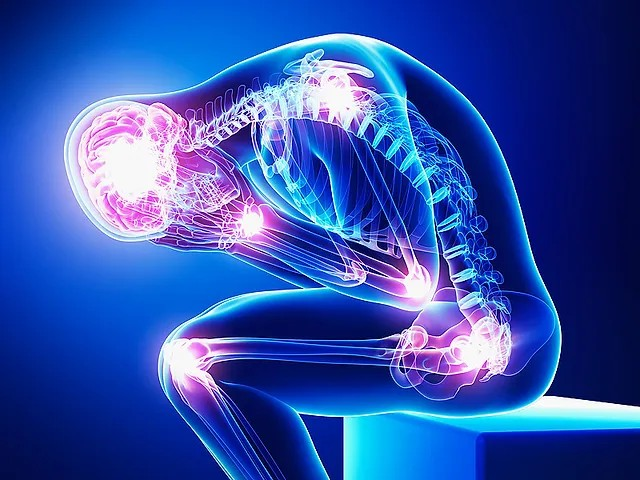Surgical cases

Surgical cases Maria I. Dalamagka Chapter 1 J Pain Relief 2017, 6:5(Suppl), DOI: 10.4172/2167-0846-C1-015 5th International Conference and Exhibition on Pain Research And Management, October 05-06, 2017, London, UK A 31-year-old woman with reflex sympathetic dystrophy syndrome (CRPS): Case report Maria Dalamagka A case of a 31-year-old woman with complex regional pain syndrome type I (reflex sympathetic dystrophy syndrome) (CRPS) of the left arm is described. Brachial plexus block (BPB) has been cited as a treatment modality for CRPS. This report is based on the retrospective observations of the outcome and effects of axillary branchial plexus block (BPB) in a patient with CRPS. 31 -year-old woman suffered from CRPS of the left upper limb after trauma for 5 months. Symptoms over the left upper limb were not alleviated under conventional pharmacological treatment and rehabilitation and severe painful swelling of the left wrist persisted. Axillary BPB with 30 ml Naropeine 0.2...




